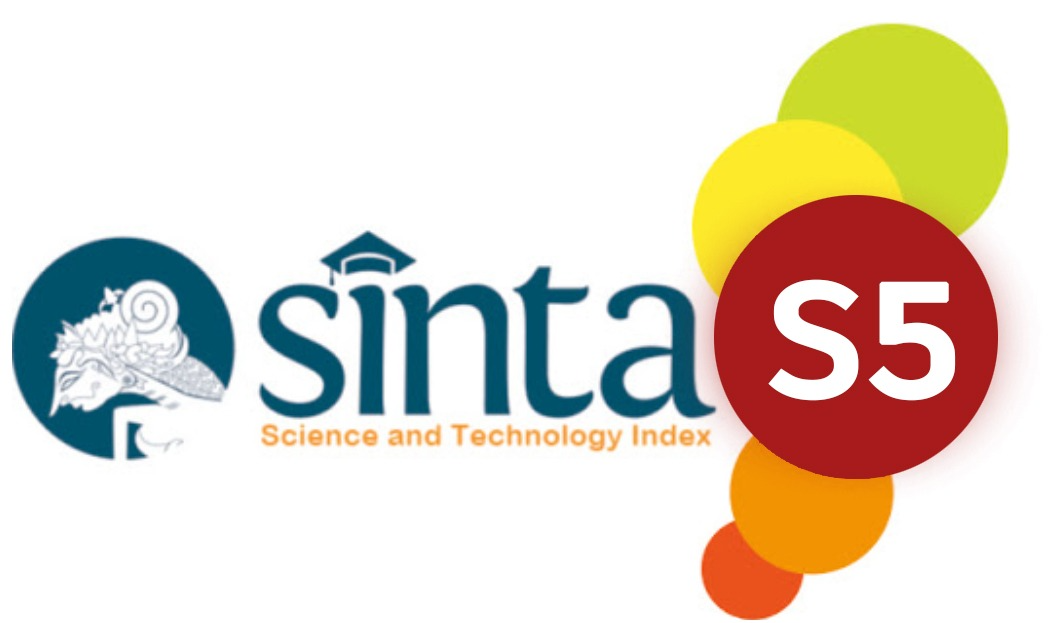DEMYSTIFICATION OF BOGOR AS A CITY WITHOUT WORRIES
Abstract
This study analyzes the history and sociocultural background that gave rise to the mystification of Bogor (Buitenzorg) as a city without worry, and then demystifies and deconstructs it. This research aims to deconstruct the mystification of Bogor as a city without fear by examining the history of collective action that led to resistance in the Bogor area. This study also describes the sociological factors and changes in natural conditions that have changed from the colonial period to the present day. This research employs a qualitative descriptive approach and draws on deconstruction theory to reconstruct the history that shapes the identity of the Bogoran. The results of this study show that Bogor, which is famous for being a city without worry, is a result of colonial power conditions. That inherent and maintained identity is the result of knowledge imposed by power. The deconstruction carried out in this study ultimately led to the dismantling of meaning, revealing that Bogor had a more complex history than just being a resting place. There is also a stage for various forms of collective action of resistance from the colonial era, independence, to post-independence.
Keywords
References
Bagguley, P. (1992). Social Change, the Middle Class and the Emergence of “New Social Movements”: A Critical Analysis. Sociological Review, Volume 40, Issue 1, February, pp. 26–48.
Bungin, B. (2008). Analisa Data Penelitian Kualitatif. Jakarta: Prenada Media Group.
Carty, V. (2002). Technology and Counter-hegemonic Movements: The Case of Nike Corporation. Social Movement Studies, Volume 1, Issue 2, pp. 129–46.
Danasmita, S. (1983). Sejarah Bogor. Bogor: Pemerintah Daerah Kotamadya DT II Bogor.
Derrida, J. (2021). Deconstruction in a Nutshell: A Conversation with Jacques Derrida. New York: Fordham University
Foucault, M. (1977). Discipline and Punish: The Birth of the Prison. New York: Pantheon Books.
Gie, S.H. (2011). Catatan Seorang Demonstran. Jakarta: LP3ES.
Goss, A. (2014). Belenggu Ilmuwan dan Pengetahuan. Depok: Komunitas Bambu.
Hatta, M. (1960). Demokrasi Kita. Jakarta: Pustaka Antara.
Iskandar, M. (2007). Aksi Kolektif Petani Ciomas Tahun 1886: Dampak Politis Bagi Pemerintahan Hindia Belanda. Disertasi Universitas Indonesia, tidak diterbitkan.
Iskandar, M. (1982). Ciomas 1886: Suatu Pemberontakan Petani di Tanah Partikelir. Skripsi Universitas Indonesia, tidak diterbitkan.
Norris, C. (2020). Membongkar Teori Dekontruksi Jacques Derrida. (Terjemahan Inyiak Ridwan Muzir). Jogjakarta: Buku Bijak.
Sari, N.N. (2020). Kontruksi Identitas Kolektif Pada Gerakan Aksi Kamisan. Skripsi UIN Jakarta, tidak diterbitkan.
Sudrajat, E. (2018). Bogor Masa Revolusi 1942-1945. Depok: Komunitas Bambu.
Suharto, M.P. & Basar, G.K. (2019). Konflik agraria dalam pengelolaan tanah perkebunan pada PT Hevea Indonesia (PT HEVINDO) dengan masyarakat Kecamatan Nanggung Kabupaten Bogor. Jurnal Kolaborasi Resolusi Konflik, Volume 1, No 1.
Tilly, C (1978). From Mobilization to Revolution. Addison Wesley: Reading, Mass.
Zon, F. (2004). Politik Huru-Hara Mei 1998. Jakarta: LP3ES.
DOI: 10.33751/jsalaka.v7i1.12625
Refbacks
- There are currently no refbacks.

This work is licensed under a Creative Commons Attribution-ShareAlike 4.0 International License.






